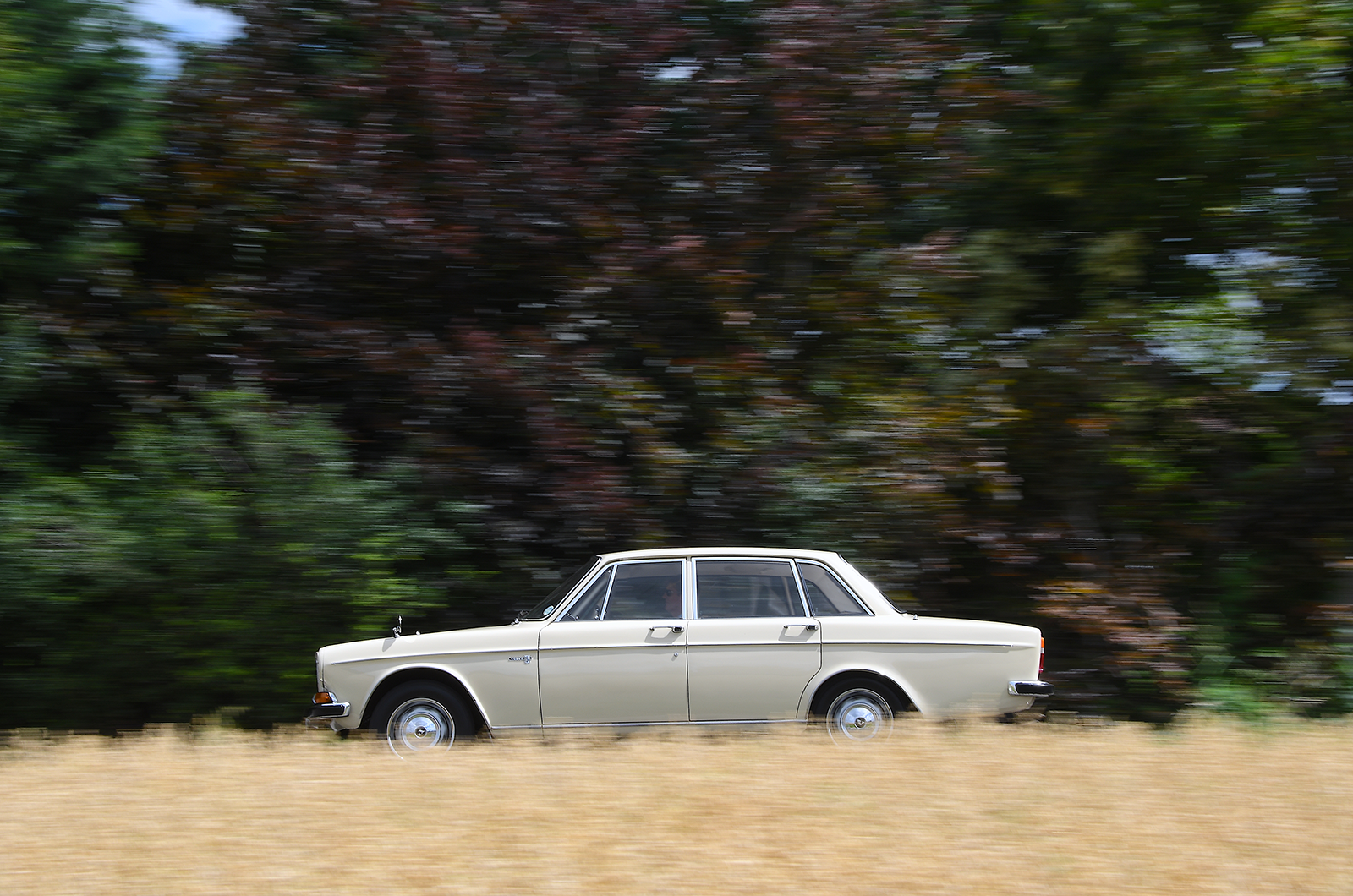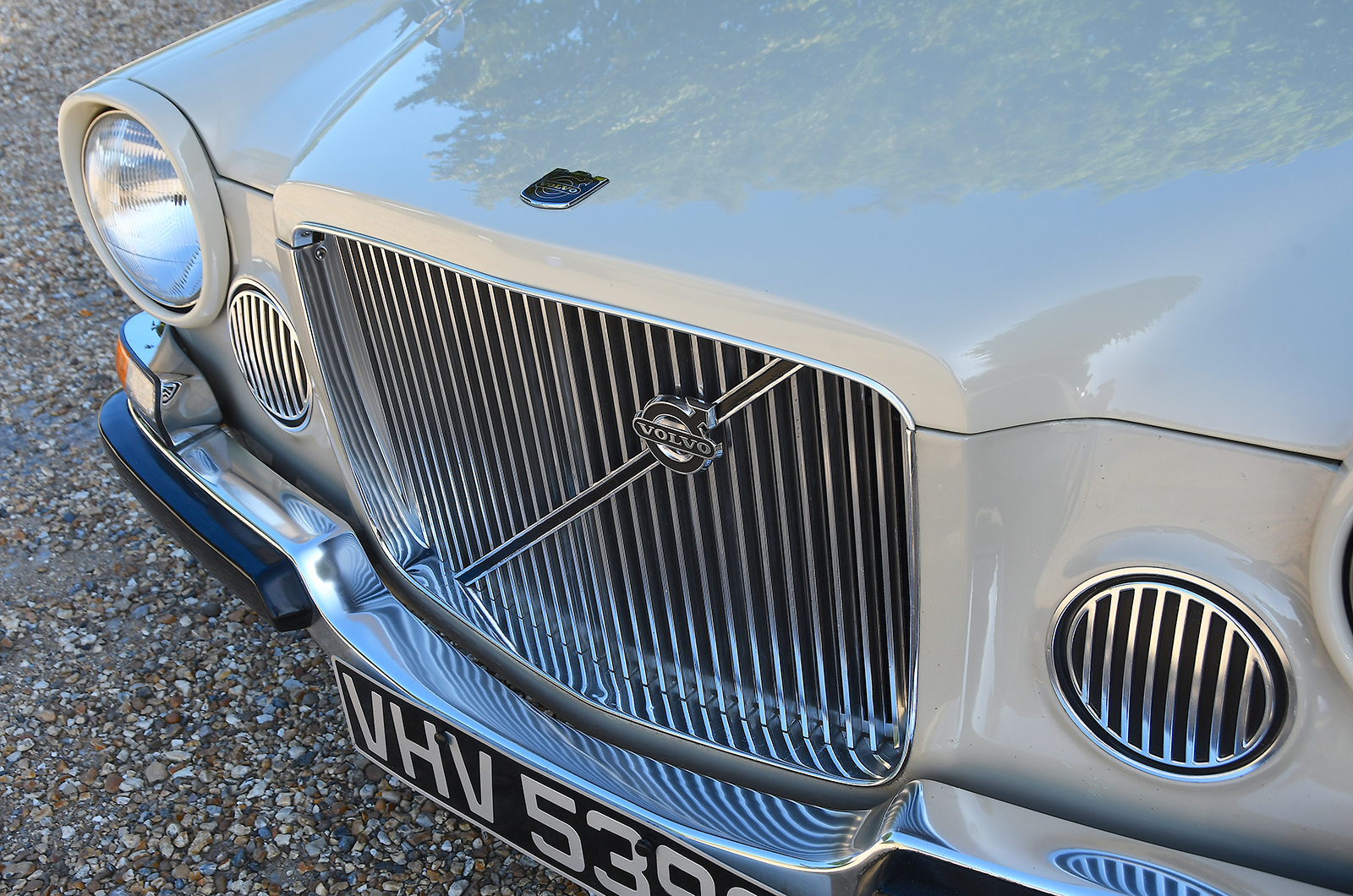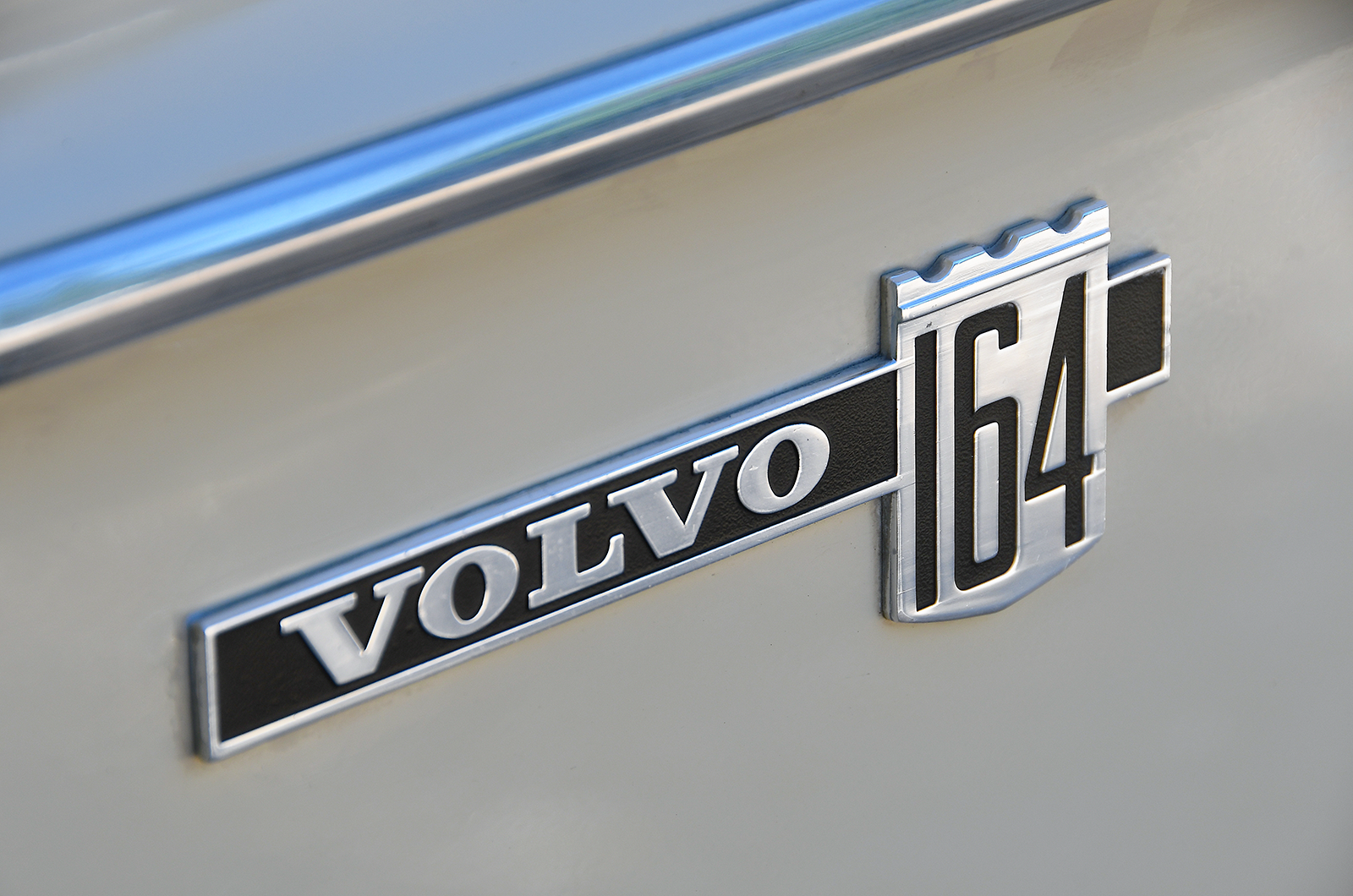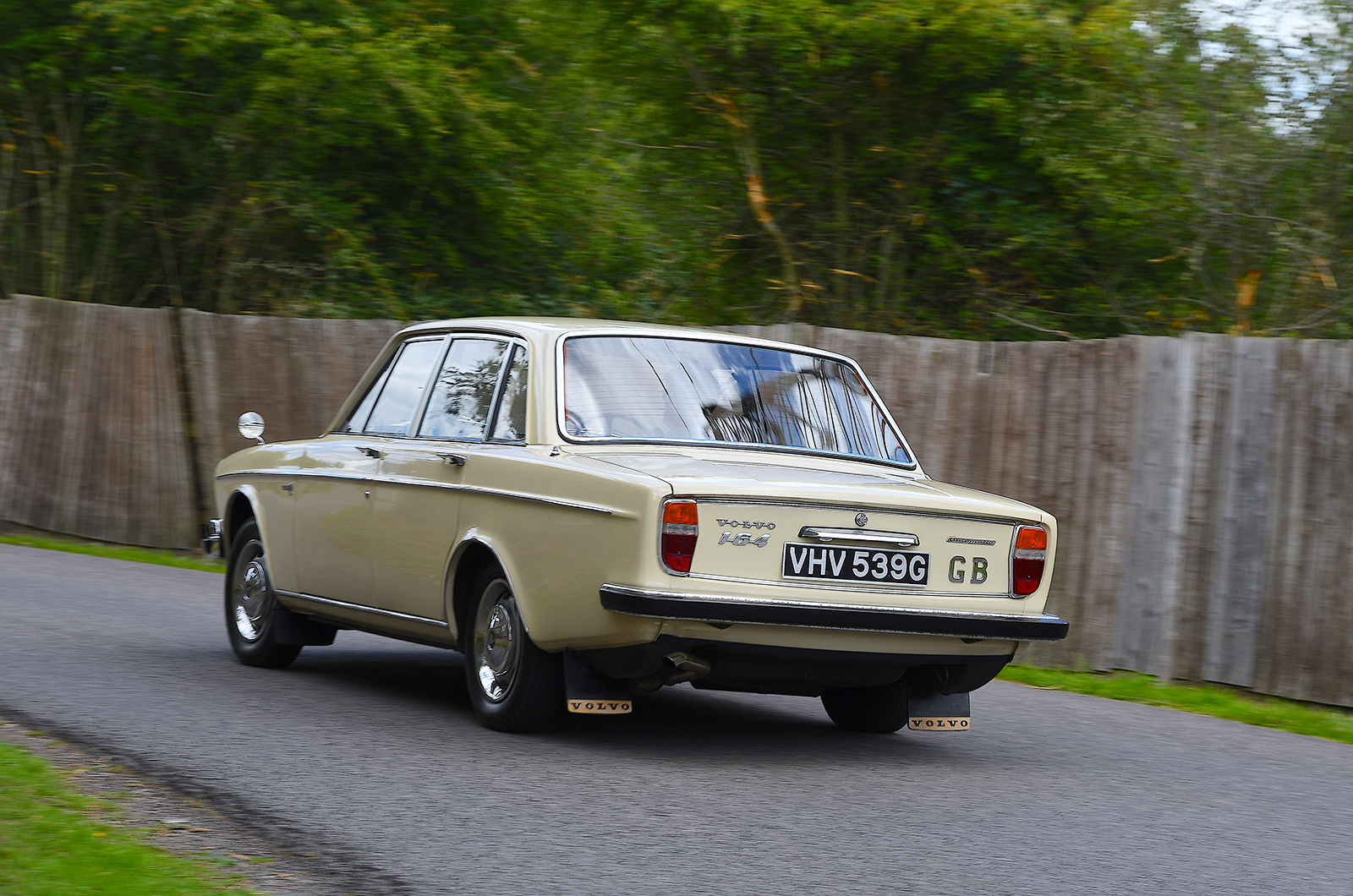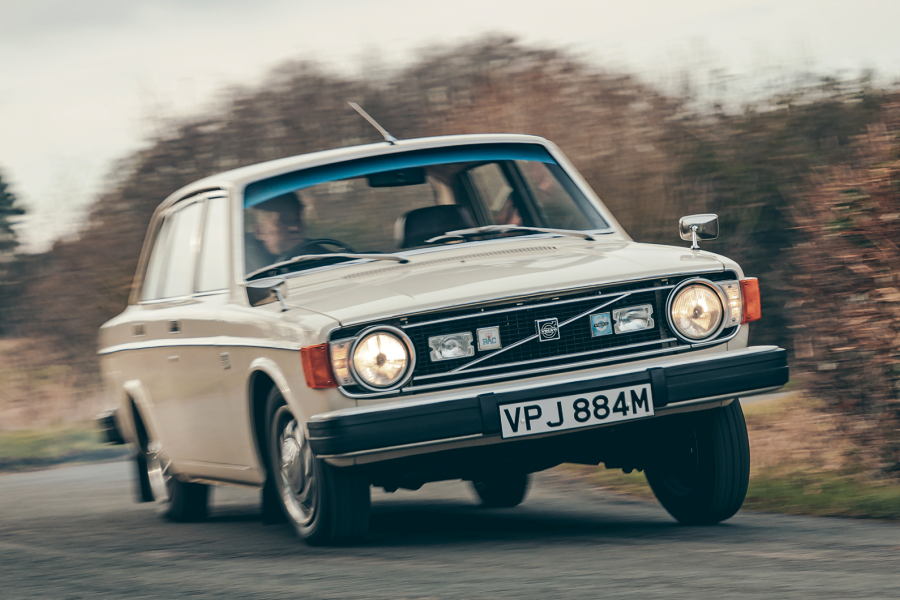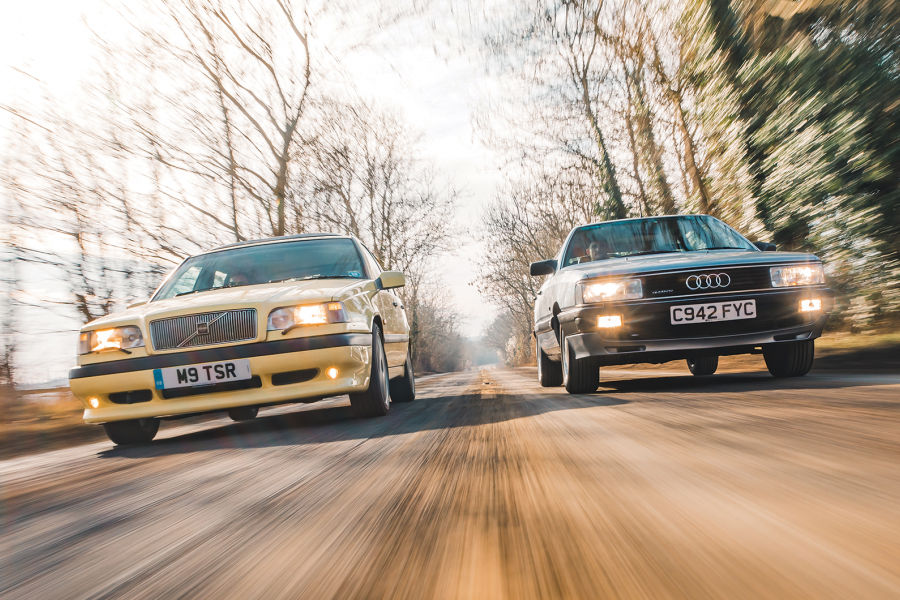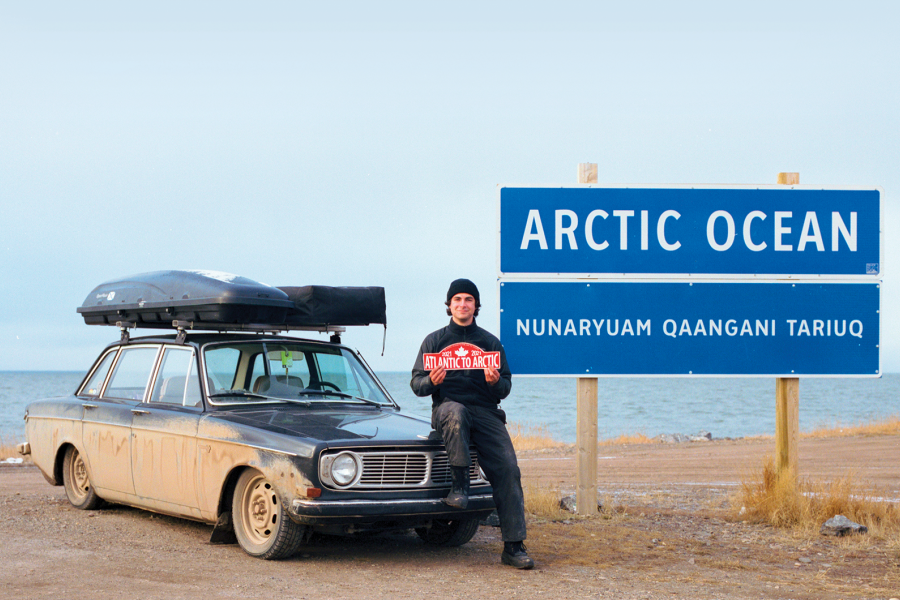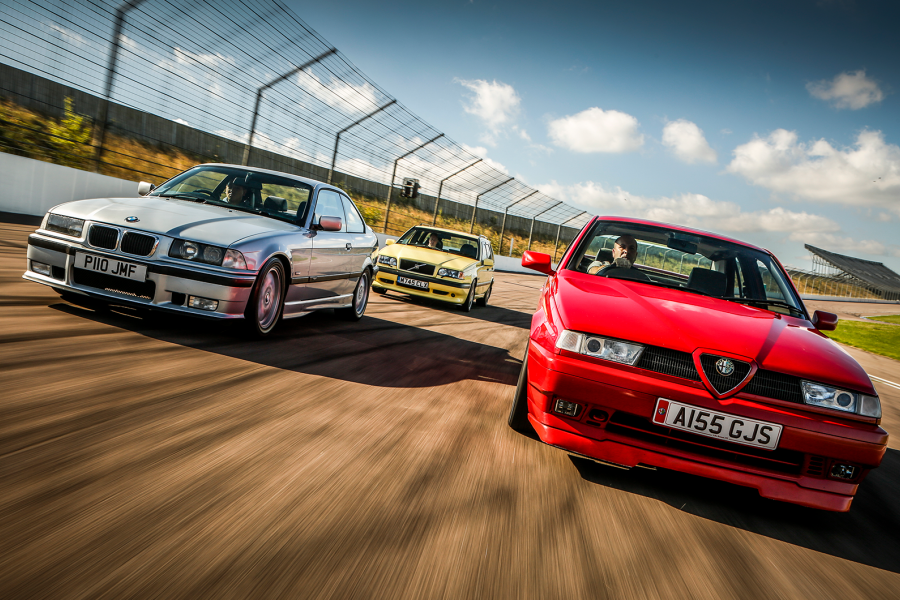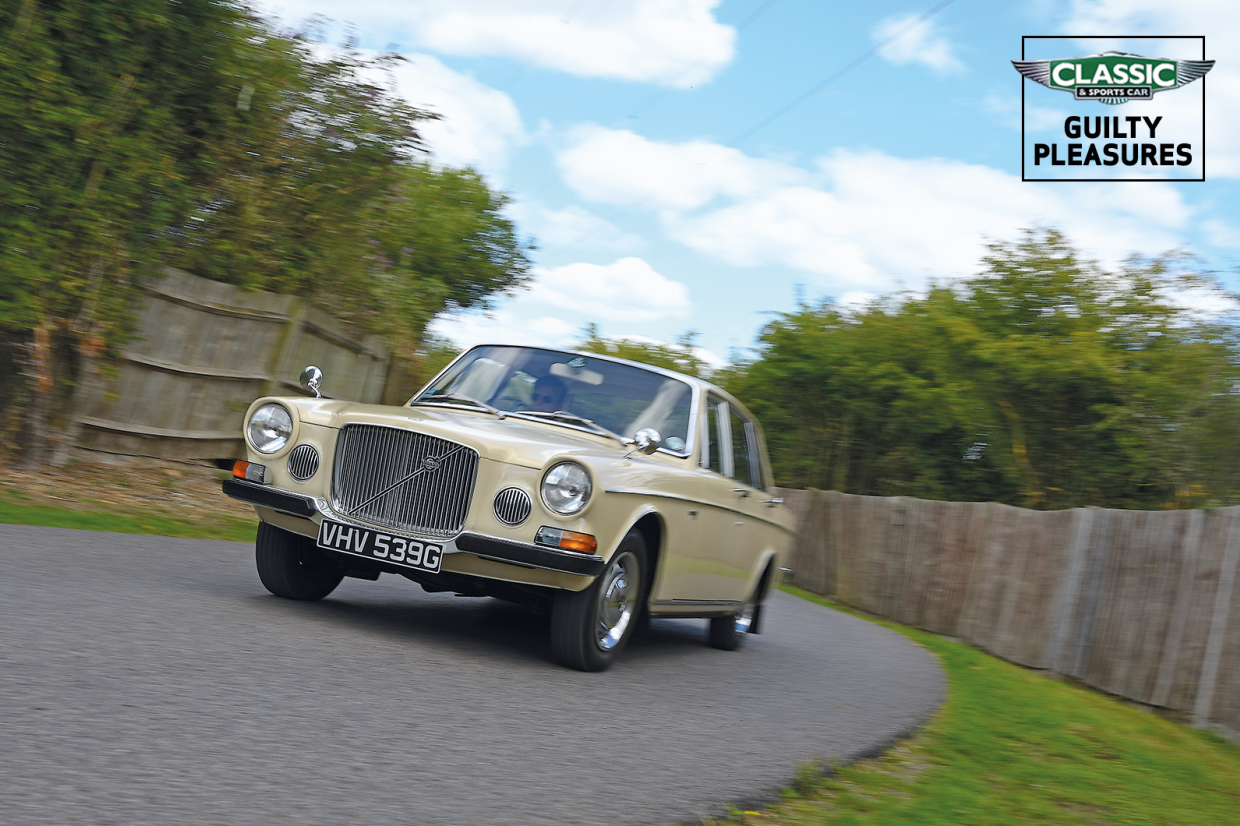
All things considered, I like Volvos. Probably because, at their best, they are cars that don’t pretend to be something they’re not.
These cars are nothing more than sound, comfortable, safe and long-lasting transport, of an ilk best typified by the 140/240 series.
Rugged and civilised, these were cars that made no apology for being that slightly dull but dependable – and likeable – friend.
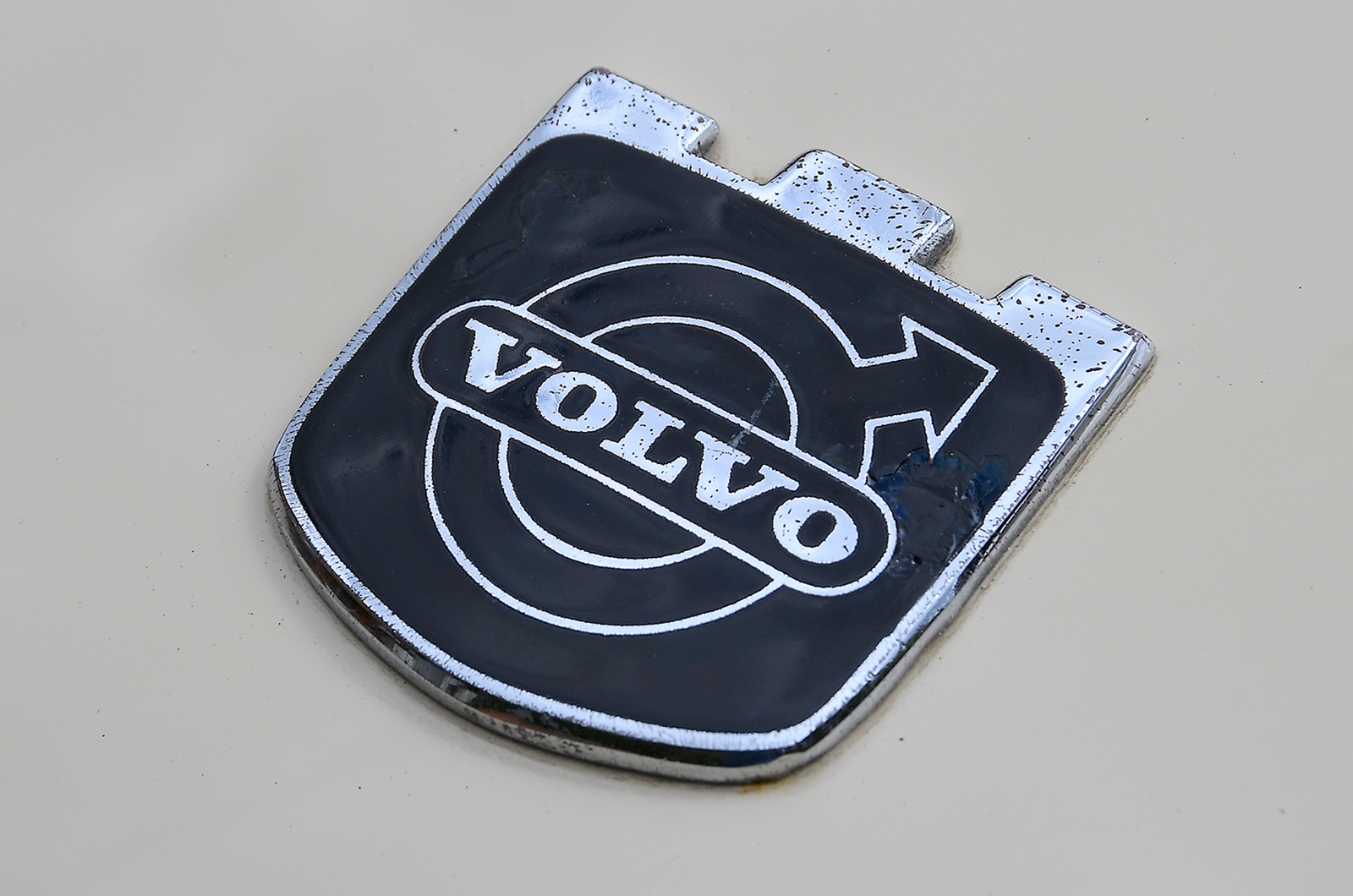
Our Martin Buckley appreciates the quality and honesty of Volvos
I’ve owned Amazons, and the first car I ever drove after passing my test was my dad’s 245GLT estate.
I had a 740GLT for a while in the ’90s, a really shockingly boxy shape on the rare occasion you see one today.
The pre-big-bumper 140s were really quite handsome (although I didn’t think so at the time), and the P1800 got away with trying to be glamorous, although it was a bit of a fraud: not so the 262C, a flagship coupé that was completely at odds with the image of clean-lined rationalism the firm had nurtured for decades.
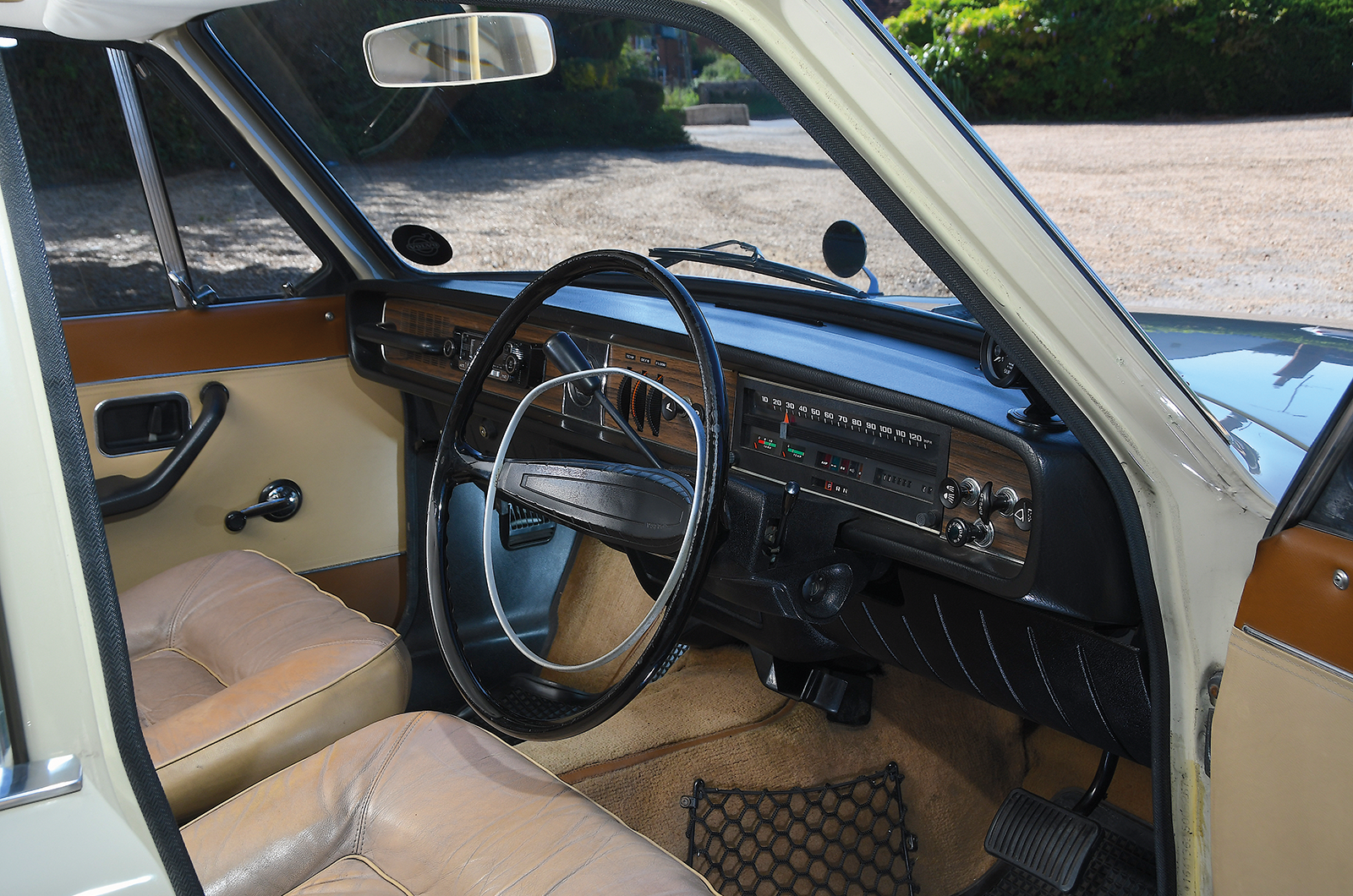
Comfort and space are key to the Volvo’s appeal

